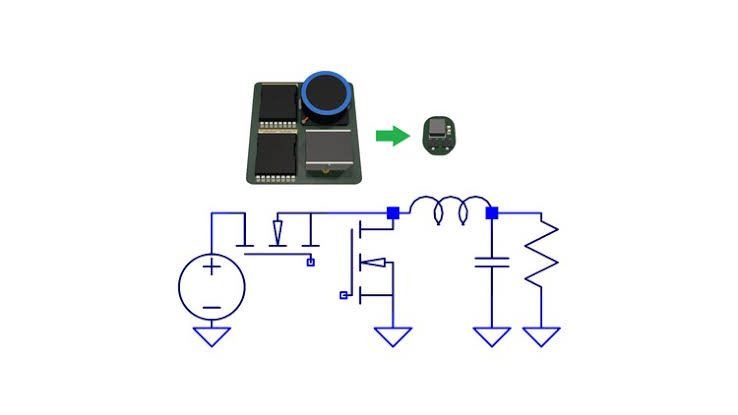Learn how to maximize the efficiency of a buck converter design with LTspice
LTspice: Design a 99% efficient Buck Converter
Description
This course will show you how to design a 99% efficient buck converter. It will be almost 100% hands on instead of using PowerPoint slides.
When using real component models in LTspice, you have to consider many factors during your component selection.
This course will help you to find out which effects are the main causes for a decrease in efficiency of a buck converter.
Following terms will be directly or indirectly covered during this course:
Diode:
* Forward Voltage
* Current Capability
* Breakdown Voltage
* Reverse Current
* Junction Capacitance
MOSFET:
* On Resistance
* Gate Capacitance and Gate Charge as well as other capacitances that influence the switching behavior
* Gate Rise Time and Gate Fall Time
* Switching Frequency
* Dead Time
* Current Conduction via Body Diode
* Gate Driving Requirements
* Safe Operating Area (SOA)
* Shoot-Through Current (Current that flows when High-Side and Low-Side MOSFET are on at the same time)
Capacitor:
* Series Resistance
* Series Inductance
* Parallel Resistance
Inductor:
* Series Resistance
* Series Capacitance
* Parallel Capacitance
Following topics are not being discussed in this course, but are still important for a real world design:
Diode:
* Temperature dependence of Forward Voltage and Current, Reverse Current and Junction Capacitance
* Surge Current capability over Temperature
MOSFET:
* Temperature dependence of all above-mentioned topics
* Variation of Dead time of the Gate Driver (Jitter)
* dV/dt ruggedness of MOSFET (maximum change rate VDS voltage)
* Maximum allowed Power Dissipation over Temperature
* Current Capability of Body Diode
Capacitor:
* Frequency and Temperature dependence of Capacitance
* Temperature dependent allowable Maximum Power Dissipation
* Ripple Current Capability over Temperature
* Aging Effects due to Temperature and ripple current
* Acoustic noise Emission limits (MLCC piezoelectric effect)
Electromagnetic Compatibility:
* Emission Limits
* Immunity Requirements
Regulatory Requirements:
* CE, FCC, …
* Hazardous Area Requirements
* Laws limiting import and export of Hazardous Substances (e.g. RoHS)
What you’ll learn
- You will be able to understand what are the critical steps to design a 99% efficient buck converter.
- This course is hands-on! All the examples will be designed in LTspice itself instead of using presentation slides
- You will understand how to use real components from actual manufacturers instead of having to rely on ideal component models.
- You will master several aspects of the LTspice interface, toolbars and commands.
- You will learn how to measure power dissipation and efficiency of components.
- You will learn about parasitic capacitances of MOSFETs, diodes and inductors and how they influence the efficiency of a buck converter.
CLICK TO JOIN WHATSAPP GROUP
CLICK TO JOIN TELEGRAM CHANNEL
